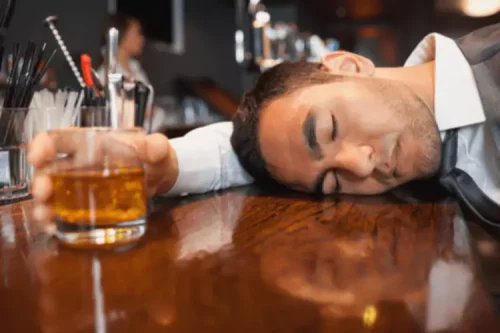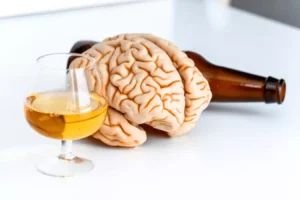
Furthermore, engaging in artistic activities has been linked to numerous mental health benefits. A study conducted by the American Journal of Public Health found that engaging in the arts can help reduce stress and anxiety, improve mood, and even boost self-esteem(1). By incorporating the arts into their recovery journey, individuals can gain a sense of self-efficacy and accomplishment, building a foundation for sustained and lasting recovery. Art can be used as a healthy tool to both express your inner thoughts and reflect on who you are, so you don’t have to rely on the substances that once harmed you. Use our resources and the power of art as a means of managing this challenging situation and find joy in the process.
Top 7 Creative Art Therapy Activities For Addiction Recovery

Sketch a rough outline, and then let each participant choose a section to work on. As individuals paint their portions, the mural gradually takes shape, reflecting a mosaic https://ecosoberhouse.com/ of individual experiences within a cohesive whole. By piecing together different elements, individuals can visually map out their journey, layer by layer, giving form and context to their recovery narrative. Recovery is a deeply personal journey, and the path to healing is as unique as the individuals themselves.
What Does the No Surprises Act Mean for Mental Healthcare Providers?
- In this article, art therapists Gioia Chilton and Rebecca Wilkinson describe how they use mask making while working with people in addiction recovery.
- This experience has held you down for years, and it was difficult to get through it and seek help.
- Tailoring art therapy to individual needs and preferences is crucial for its effectiveness.
- Expressive arts therapy incorporates elements of all forms of creative expression into a multimodal expressive form of integrative psychotherapy (Knill et al., 2005).
The psychological basis of addiction involve a complex interplay of emotion regulation, trauma processing, and stress relief. It’s not merely an alternative form of treatment; it’s a pathway to understanding and healing that reaches places words often can’t touch. You can build a small memory box out of wood, or you can buy a plain wooden box at a craft store and decorate it, either on your own or with your spouse, children, friends, or family. Use acrylic paint, stickers, polymer clay, glitter, and other crafty tools to decorate your memory box. Once you’re done, you can begin filling it with small knick-knacks that bring up good memories, like a movie ticket or dried flower.
Overcoming Challenges in Art Therapy for Addiction
For example, you could ask about what the body of water might represent for them, or how sturdy and reliable their bridge is, and what it’s like to be where they are in the drawing. After that, I encourage the client to draw symbols, images, shapes, words, etc. on paper that represent the parts of themselves that feel unresolved, AKA their “unfinished business”. Once they have all of their symbols inside the box, I ask them to take them out, one at a time, and talk about each one. I give the clients various drawing tools (these sharpies work really well on the boxes), cardstock in various colors, and I also like to offer these brightly colored index cards. I ask the client to think of the flattened box as their ‘self’.

Importance of Recovery Through Creative Expression

As individuals knead, shape, and mold, they are not only creating art but also actively channeling their emotions into something tangible. But what if words fail to capture the depth of your feelings? By integrating visual elements like collages, sketches, or watercolor splashes, the journal transforms into a multi-sensory landscape. This approach not only enhances self-expression but also ignites the senses, allowing for a more profound exploration of emotions.
Addiction Recovery and Creativity
- One of the most lovely things about introducing addiction recovery art project ideas is that it doesn’t need a structure or a minimum amount of participants.
- When you take part in art therapy, you can reduce stress and express your emotions positively and safely.
- Art therapy is a powerful tool in the field of addiction recovery, offering individuals a creative and non-verbal means of expressing their thoughts, feelings, and experiences.
- As recovery progresses, creative exercises for maintaining sobriety become crucial.
- By working together to create a large-scale artwork, participants can develop social skills, build trust, and feel a sense of belonging within their recovery community.
If you’re creating a self-care box, have the participants add items that represent to them the idea of support and self-help. Give them a moment to reflect on what art therapy ideas for adults in recovery activities, people, or things help them feel good. These can be as simple as notes on scraps of paper that mention goals the person wants to achieve or affirmations that evoke positive emotions.
Önceki Yazılar:
- PBN сеть: что это + как создать и использовать в SEO
- Хто такий BizDev і яка його роль у розвитку ІТ компанії? UA
- Робота Business Development Manager в Computools Робота на dev ua jobs.dev.ua
- Wszystkie Światowe Indeksy Przegląd Wyników TradingView
- Non Convertible Debentures Definition, Features, Types, Differences
Sonraki Yazılar: